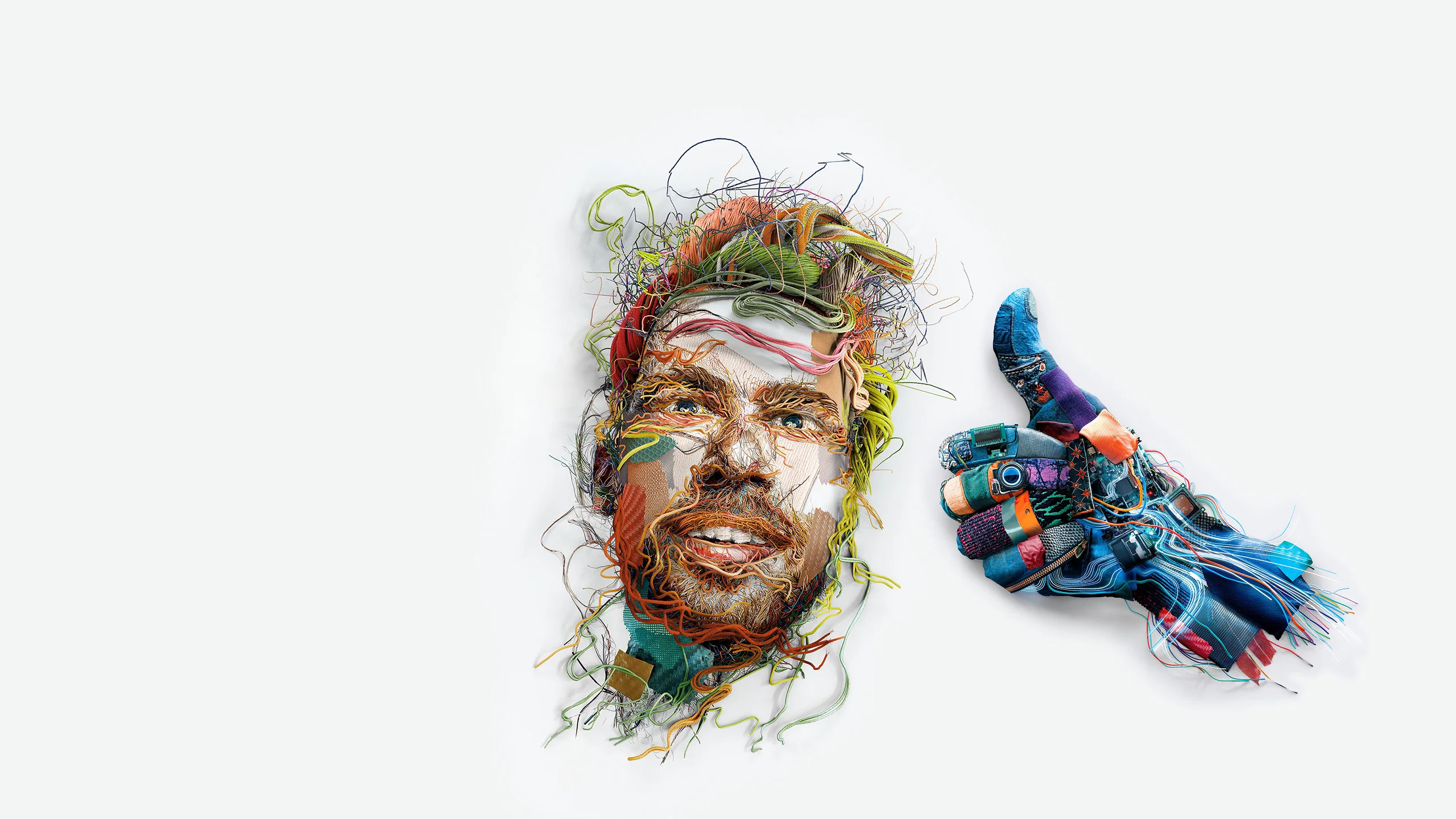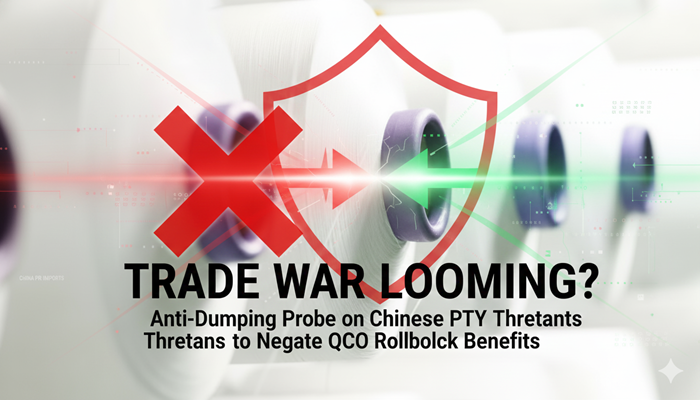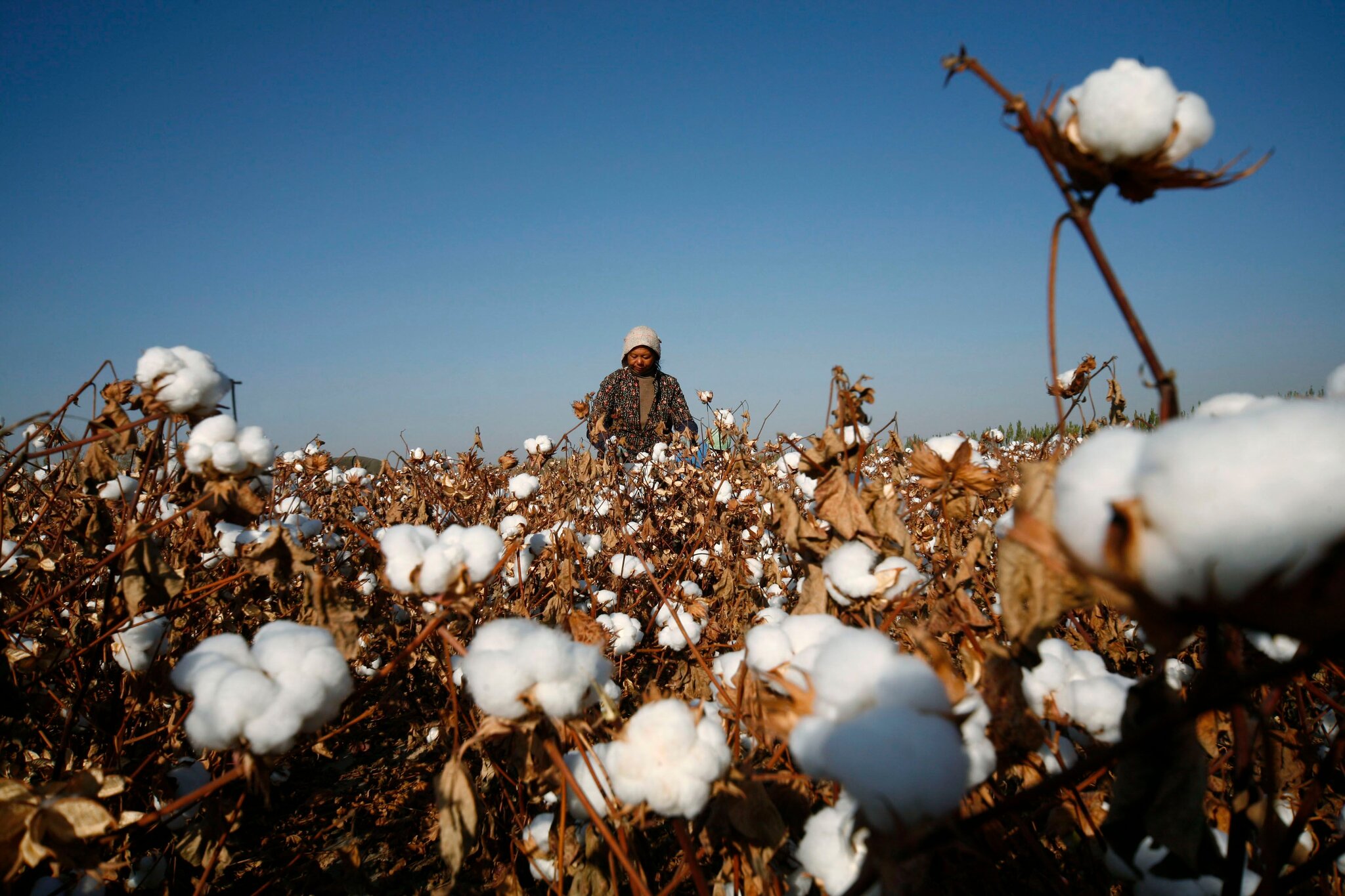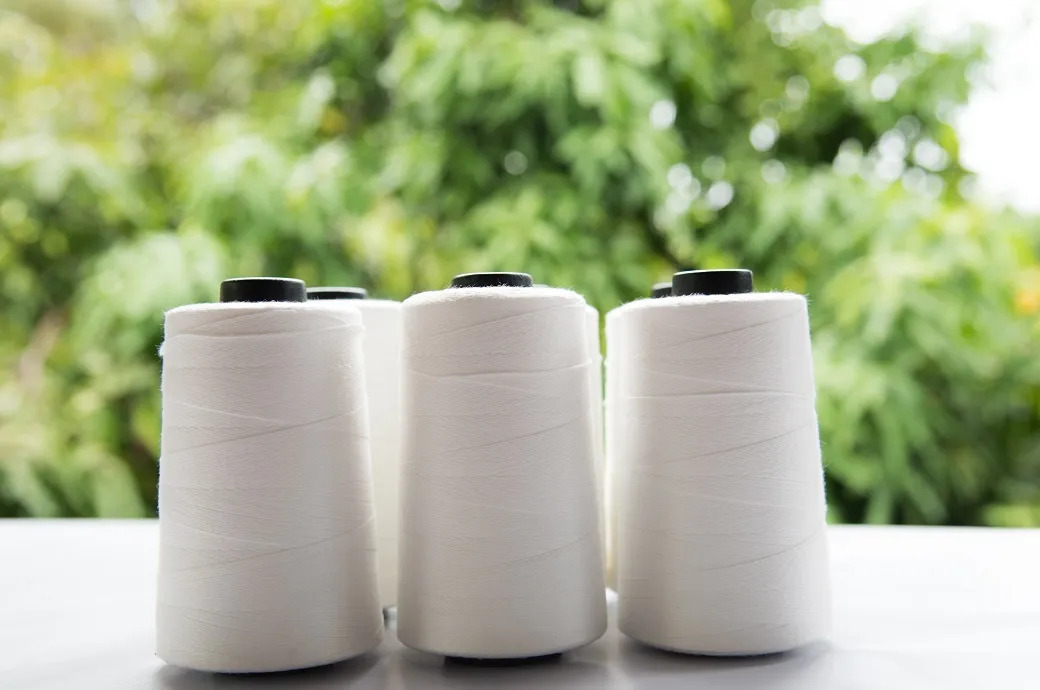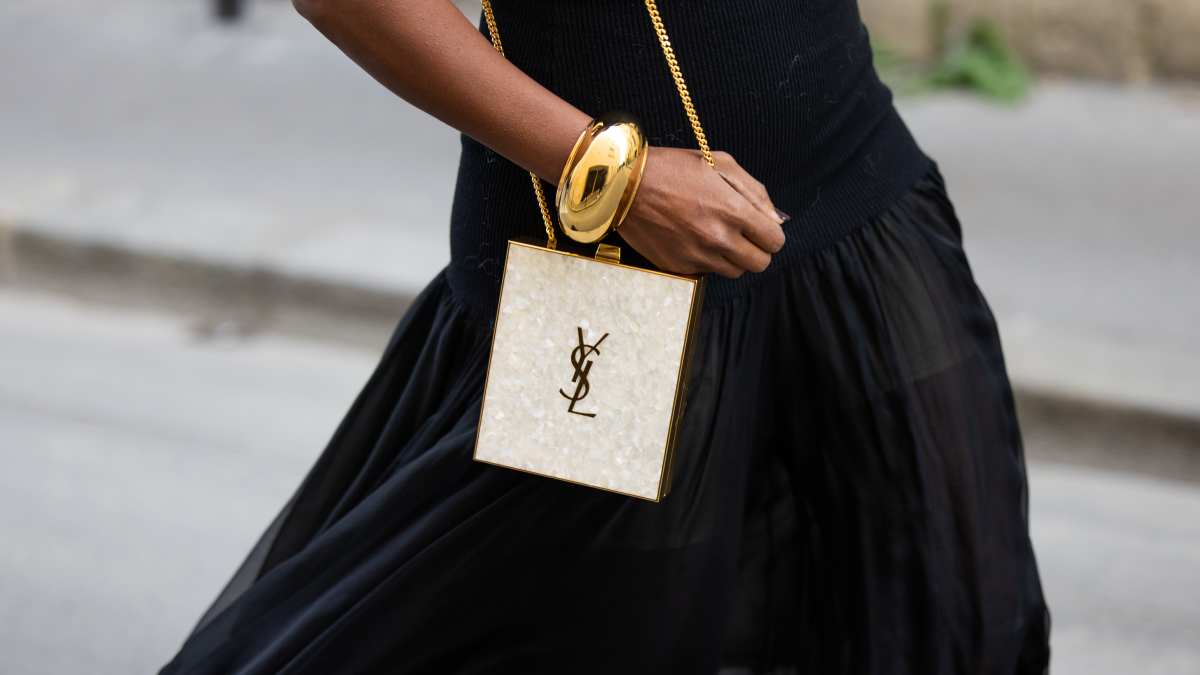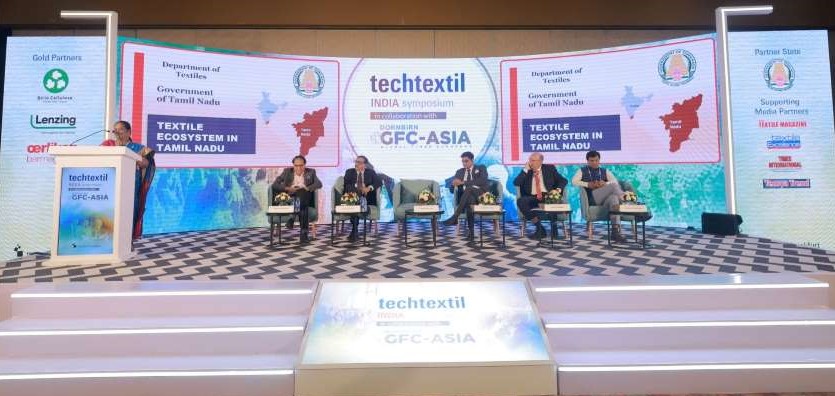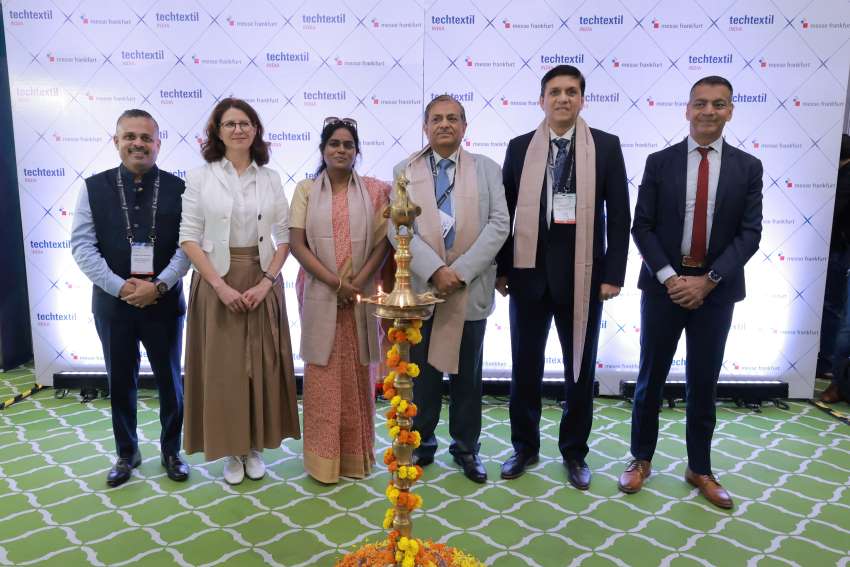FW

Luxury fashion houses are increasingly choosing to buy, not rent, the world’s most coveted retail spaces, marking a sharp shift in strategy aimed at securing prime locations, protecting brand prestige, and creating flagship experiences.
As per Coresight Research’s new report ‘Luxury Real Estate: Luxury Brands Move from Tenants to Landlords’, companies including Chanel, Hermès, Kering, LVMH, Prada, and Richemont have spent billions of dollars acquiring marquee properties on avenues such as Fifth Avenue in New York, Via Montenapoleone in Milan, and London’s Bond Street.
Rising rents drive ownership push
Luxury retail districts remain among the most expensive in the world, with rents climbing despite broader commercial property slumps. On Rodeo Drive in Los Angeles, rents rose 3 per cent last year, while New York’s Fifth Avenue held steady, according to The Wall Street Journal. By purchasing rather than leasing, brands can lock in long-term control, avoid rising rental costs, and prevent competitors from gaining entry into limited retail corridors.
“This isn’t just about securing a shopfront, it’s about locking down territory,” one analyst told the Financial Times. Hermès’ purchase of a building adjacent to its Paris store, which displaced a rival, is cited as a clear example of defensive real estate strategy.
By owning these properties, brands can invest deeply in immersive design without the friction of landlord approvals or lease uncertainty. “When a flagship is meant to embody your DNA for decades, it makes sense to own the walls that hold it,” explained a Coresight analyst. Ownership also allows brands to reimagine entire districts. LVMH’s work in Miami’s Design District, where luxury retail blends seamlessly with art galleries and residential towers, demonstrates how property itself has become a medium of brand storytelling.
Experiential flagships require full control
Ownership also allows brands to invest heavily in flagship stores designed as immersive environments. From Louis Vuitton’s Paris Maison Vendôme, which includes private salons and champagne service, to Gucci’s museum-style flagships, these spaces serve as cultural showcases as much as retail outlets. “Brands are building stages, not shops,” the Coresight report notes. “To fully realize that vision, they want to own the walls, not just rent them.”
A global buying spree
Data from Bernstein show luxury groups have spent more than $9 billion on property acquisitions since 2023, underscoring the scale of the shift.
Table: Top luxury companies real estate buys globally
|
Brand/Company |
Property acquired |
Purpose & implication |
|
Kering |
Via Montenapoleone, Milan (€1.3 bn) |
Secures iconic location; prevents rivals’ entry; raises questions on capital efficiency. |
|
Richemont |
Bond Street, London (2.2% yield) |
Anchors long-term presence despite slim financial returns. |
|
LVMH |
Miami Design District & others |
Builds branded neighborhoods blending retail, culture, and residential spaces. |
|
Prada Group |
Fifth Avenue, New York ($835 m) |
Expands footprint in a global luxury epicenter. |
|
Bvlgari (LVMH) |
Sydney Castlereagh Street ($56 m; valued at $100 m) |
Rising asset value reflects scarcity of flagship locations. |
Each purchase carries its own logic. For Kering, the Milan property cements control over one of Europe’s luxury capitals, even if analysts question the return on investment. Richemont’s Bond Street deal, acquired at a yield below its cost of debt, underscores the willingness to trade short-term financial logic for long-term security. LVMH, meanwhile, is thinking bigger: its acquisitions often anchor mixed-use neighborhoods, creating ecosystems where shopping, art, and living coexist under its brand umbrella.
The timing factor
Why now? The answer lies in a mix of risk and opportunity. While global interest rates have made borrowing more expensive, prime luxury real estate has remained resilient unlike office towers or malls, which have been hammered by pandemic shifts. At the same time, e-commerce growth has paradoxically elevated the importance of physical retail. The more consumers buy online, the more valuable in-person experiences become. Stores are now stages, not stockrooms.
Geography also plays a role. As Southeast Asia adds an estimated 25-30 million affluent consumers by 2030, global luxury groups are expanding their maps. Anchoring flagship properties in rising hubs ensures that as new markets bloom, these brands occupy the choicest terrain from day one.
Beyond fashion, into the city
The consequences of this landlord turn extend beyond balance sheets. For cities, luxury’s appetite can reshape entire neighborhoods, often raising questions about gentrification or cultural homogenization. Miami’s transformation into a luxury playground shows how powerful a single brand or a cluster of them can be in recasting an urban landscape. For consumers, it means that stepping into a store is increasingly akin to stepping into a brand’s universe, designed not just to sell, but to seduce.
The Turkish apparel industry is rapidly losing its strong position in global trade. Despite being one of the world's largest supply chains, Türkiye was the only country whose apparel exports contracted in H1, FY25 while global trade was growing.
This historical decline was highlighted at a press conference held by the Turkish Clothing Manufacturers’ Association (TGSD) before the 18th Istanbul Apparel Conference in October. During the meeting, attended by Toygar Narbay, President, TGSD and Dr. Ümit Özüren, Co-Chair; Dr Can Fuat Gurlesel, Economic Advisor, TGSD and Servet Karaalioğlu, Vice President, TGSD, they emphasized the steps needed to regain competitiveness.
According to Narbay, the Turkish apparel industry - the world's second-largest supply chain and fifth-largest manufacturer - has entered a historical decline after losing competitiveness since 2022. Narbay stated, the sector has reached a breaking point, with its share in global apparel trade falling below 3 per cent for the first time in 35 years and its share in the European Union (its main market) lowering by over 5 per cent for the first time in 30 years.
Turkiye is in a period where importing is cheaper than producing domestically, employment losses cannot be stopped, and companies have almost completely lost their equity capital. If the industry's demands for recovery are not met, companies will increasingly relocate to countries with more favorable production and competition conditions, he warned.
Narbay noted, while the global apparel sector has been recovering since a sharp decline in 2023, the opposite has happened in Türkiye. Especially the rising costs caused by the high-interest–suppressed exchange rate policy implemented to fight inflation led the country to lose competitiveness, he explained. On top of this, Turkiye’s significant losses in war zones accelerated the decline.
In H1, FY25, global apparel exports rose by 6 per cent, and competitors like Bangladesh and Vietnam increased their shares by more than 10 per cent. In contrast, Türkiye's exports fell by 6.5 per cent. The country's share in global apparel trade, which first exceeded 3 per cent in 1990, has now fallen to 2.96 per cent as of June 2025. Narbay expects a positive outlook for the sector to return in 2027.
Dr Özüren stressed, the data is not encouraging and that the sector has negatively diverged from global trends over the last two years. He emphasized that the industry needs short-term support to recover.
An inter-regional alliance of garment producer associations, The Sustainable Textiles of the Asian Region (STAR) Network, has reaffirmed its commitment to advancing sustainability by joining the Fashion Industry Charter for Climate Action, a UN Climate Change initiative.
This action highlights the collective ambition of STAR's nine national member associations, which represent the garment, footwear, and travel goods (GFT) industries in Bangladesh, Cambodia, China, Myanmar, Pakistan, and Vietnam. Together, they will work toward a more sustainable and climate-resilient future for the region’s GFT sector.
The Fashion Industry Charter for Climate Action brings together leading fashion brands, retailers, suppliers, and industry stakeholders in a united effort to align with the goals of the Paris Agreement, particularly the ambition to limit global temperature rise to 1.5°C (2.7° F) above pre-industrial levels.
The charter sets a clear pathway for decarbonization, committing signatories and supporting organizations to concrete actions like achieving net-zero emissions by 2050, promoting renewable energy, and advancing circular business models.
By joining as a supporting organization, the STAR Network strengthens its role as a regional voice for producers and suppliers in Asia. The partnership will enhance advocacy on behalf of nearly 35,000 manufacturers across its member associations, ensuring supplier perspectives are represented in global sustainability dialogues.
Further, it will facilitate collaboration with major global brands and peer organizations to scale best practices, innovations, and policies that reduce emissions and environmental impact.
The partnership will also strengthen capacity building by creating opportunities for knowledge exchange, training, and technical support for manufacturers navigating the green transition.
Lastly, it will accelerate collective impact by fostering joint initiatives on renewable energy adoption, sustainable production practices, and transparent supply chains.
Fazlee Shamim Ehsan, Chairman, STAR Network and Executive President, BKMEA, says, joining the charter is a ‘major step forward’ for the network. By joining the Charter,s it engages more closely with global stakeholders to ensure the voices of Asian suppliers are heard in the global climate movement.
Established in 2016 with the support of the GIZ Fabric Project, the STAR Network is a cross-Asian alliance that represents over 35,000 manufacturers with a combined export value of approximately $420 billion.
A global leader in garment finishing solutions, Tonello has launched a breakthrough machine that sets a new standard for speed, quality, and retrofittability in denim and garment processing.
Known as The Laser 2.0, the machine’s next-generation, fully digital laser source, combined with high-performance electronic boards, delivers exceptional marking speeds while preserving the highest standards of quality. With the new Turbo and Hyper modes, processing times can be cut by up to 40 per cent, unlocking a new level of productivity without compromising results.
The Laser 2.0 was also designed for absolute accuracy, reproducing even the finest details with clarity and consistency. Thanks to its dynamic focusing system, it ensures uniform marking across the entire work area, guaranteeing flawless execution on every garment.
The Laser 2.0 is fully retrofittable, making it easy to integrate into existing production lines. Its quick installation and compatibility with Tonello’s Climate technology ensure optimal performance even in the most demanding environments.
At the heart of the system is CREA, Tonello’s proprietary software developed with laser designers and technicians worldwide. CREA translates creativity directly into production, offering intuitive tools, automated optimization, and a wide range of working modes to balance maximum quality with maximum speed.
With The Laser 2.0, Tonello once again confirms its pioneering spirit, delivering the most advanced laser system in the industry: faster, sharper, and built for the future.
Global online retailer Shein has teamed up with Nickeldeon to launch a collaborative collection featuring SpongeBob SquarePants. This partnership offers a mix of playful designs and cozy seasonal staples, inviting the whole family to embrace fall with a splash of Bikini Bottom fun.
The collection includes over 200 items, ranging from apparel and accessories to home essentials. It blends whimsical charm with wearable fall fashion. Fans can find everything from statement sweaters and bold graphic tees to quirky jewelry and pineapple-inspired decor. All items are infused with iconic details like jellyfish prints, Krabby Patty graphics, and SpongeBob's joyful energy.
The collection offers everything from bright, animated patterns or subtle nods to the series with cozy, character-embroidered knits. It presents the perfect way to add warmth, nostalgia, and playful flair to your wardrobe just in time for crisp days and cozy nights.
A global online fashion and lifestyle retailer, Shein offers its branded apparel and products from a global network of vendors at affordable prices. Headquartered in Singapore, Shein is committed to making fashion accessible to all and promotes an on-demand production model for a smarter, future-ready industry.
Since its debut on July 17, 1999, SpongeBob SquarePants has been the most-watched animated series for 22 consecutive years. It has created a universe of beloved characters, pop culture catchphrases, and memes, along with theatrical releases, consumer products, a Tony Award-winning Broadway musical, and a global fan base.
The global Metaverse in fashion market is likely to grow at a CAGR of 10.50 per cent from 2025-32, rising from $0.7 billion in 2025 to $1.8 billion by 2033, as per report by HTF Market Intelligence.
Current trends in this market include a shift towards fashion try-ons, rise in application in virtual runway shows, rising demand for phygital fashion and growing integration with blockchain. The market growth is being driven by factors like rising demand for virtual fashion, growth in digital collectibles, expansion of fashion NFTs and increasing focus on immersive experiences.
Metaverse in fashion refers to the use of virtual platforms and immersive technologies for fashion design, retail, and consumer engagement. This includes digital clothing, NFTs, virtual fashion shows, and 3D avatars. By 2025, luxury brands and mass-market retailers will expand into virtual marketplaces, blending digital identity with real-world commerce. The metaverse will enable new revenue streams, sustainable alternatives to fast fashion, and direct-to-avatar sales.
At the upcoming ITMA Asia + CITME textile machinery exhibition in Singapore this October, Monforts will introduce the new VertiDry, a vertical dryer designed for special finishing of technical textiles. It can be used in combination with coating machines, padders, or Monforts EcoApplicator units.
The VertiDry is a fully contactless and energy-optimized convection dryer. It can be used before or after a stenter depending on the application. The dryer is ideal for the essential pre-drying of sensitive fabrics and for post-coating processes on materials like airbags, denim fabrics, and glass-fiber substrates. Other potential uses include finishing sportswear, outerwear, carpets, geotextiles, and tarpaulins.
The VertiDry is designed for easy integration into both new and existing finishing lines. A single unit can hold about 26 ft of fabric, and multi-story versions are also available, making it highly adaptable to various production setups. The unit can be powered by any available heating source, or a combination of them, to ensure the most cost-effective operation for each mill. It also comes with an integrated exhaust air duct and can connect to a heat recovery system, such as the Monforts Energy Tower. Different nozzle types are available, and the unit will be supplied pre-assembled for quick installation.
The new VertiDry was designed in response to market demands for a space- and energy-saving vertical dryer to help with CO2 reduction and integrate into special processes, especially in the treatment of technical textiles, says Nicole Croonenbroek, Marketing Manager, Monforts With its contactless drying, it will help customers efficiently and economically produce a wide range of high-quality, value-added fabrics, he adds.
Rating agency ICRA has revised its outlook for India's apparel export industry from ‘Stable’ to ‘Negative,’ citing the recent increase in US tariff rates as a major factor that will significantly impact export revenues in the upcoming fiscal year.
According to the agency, the higher tariffs are projected to cause a 6-9 per cent decline in revenue for Indian apparel exporters in FY2026. This is expected to occur despite potential support from the Free Trade Agreement (FTA) with the UK and attempts by exporters to redirect their supplies to other international markets. The agency also forecasts a contraction in operating profit margins, which are expected to drop to approximately 7.5 per cent in FY2026 from 10 per cent in the prior fiscal year. This decline is largely attributed to weaker performance in the second half of the year, which is likely to reduce overall operational efficiency.
Currently accounting for a modest 6 per cent of apparel imports, the US is a crucial market for Indian exporters, representing nearly one-third of their total apparel exports. The recent 50 per cent tariff rate increase poses a substantial challenge to the competitiveness of Indian products. While exporters advanced shipments ahead of the tariff hike, providing a temporary boost to exports in H1, FY2026, the long-term impact remains a serious concern.
ICRA's report highlights that Indian exporters may struggle to maintain their market share in a highly competitive global environment. The impact will also vary across different product categories, as an immediate shift of US orders to lower-tariffed countries may not be feasible due to differences in manufacturing capabilities and the time required to build new capacities.
Additionally, the uncertainty surrounding these tariffs may cause hesitation among competing countries to make new investments, further intensifying the challenges for Indian exporters. Lower earnings and a greater reliance on working capital are also expected to moderate the credit metrics for the industry as a whole.
Fueled by the increasing fashion consciousness of male consumers and the rapid rise of digital shopping platforms, the global menswear market is experiencing steady growth. As per a report by Imarc Group, worth $624.3 billion in 2024, the market is forecasted to reach a value of $984.0 billion by 2033, growing at a compound annual growth rate (CAGR) of 4.77 per cent during 2025-2033.
Some of the key factors driving this growth include a shift toward sustainable clothing, convenience offered by e-commerce and influence of social media and celebrity-driven fashion campaigns.
North America continues to dominate the global menswear market, supported by strong consumer purchasing power, established brand loyalty, and increasing demand for premium casual wear and luxury styles among younger buyers.
Asia-Pacific is emerging as a key growth hub, driven by rapid urbanization, rising disposable incomes, and widespread adoption of Western fashion. Countries such as China, India, and South Korea are particularly strong performers due to booming e-commerce and a vibrant fashion industry.
Melbourne will become a global trade hub as the Global Sourcing Expo returns to the Melbourne Convention and Exhibition Centre (MCEC) from November 18–20, 2025. Known as the leading sourcing marketplace in the region, the Expo connects international manufacturers and suppliers with thousands of buyers from Australia and New Zealand, providing a unique platform for business growth, trend spotting, and networking.
The 2024 Melbourne event drew over 900 exhibitors from more than 20 countries and regions, attracting over 4,700 professional attendees, a 24 per cent increase from the previous year. The 2025 edition is expected to surpass this, with over 5,000 buyers, designers, and decision-makers ready to find new partners.
For global suppliers, the Expo is a crucial entry point into the Indo-Pacific market, one of the world's fastest-growing consumer regions. Exhibiting in Melbourne gives businesses direct access to decision-makers actively seeking quality and innovation in categories like apparel, textiles, home furnishings, footwear, and accessories.
Unlike digital platforms, the Expo offers invaluable face-to-face interaction. Exhibitors can showcase their craftsmanship, discuss logistics like minimum order quantities (MOQs) and lead times, get instant feedback, and build long-term relationships. This direct engagement helps businesses gain a foothold in the region’s dynamic retail markets.
For visitors, the Expo is an unmatched opportunity to physically explore products, discover trends, and meet suppliers in one central location. It's the most efficient way for buyers, retailers, and designers to find new partners and expand their product lines, offering a more comprehensive experience than online searches.
The event will also feature the Global Sourcing Seminar Series, with expert-led sessions on key industry themes like artificial intelligence, e-commerce, and sustainability. These sessions help attendees future-proof their business strategies.
Adding to the event's scope, the China Clothing Textile Accessories Expo will be co-located with the main event, giving buyers even more access to a diverse range of products and suppliers.



